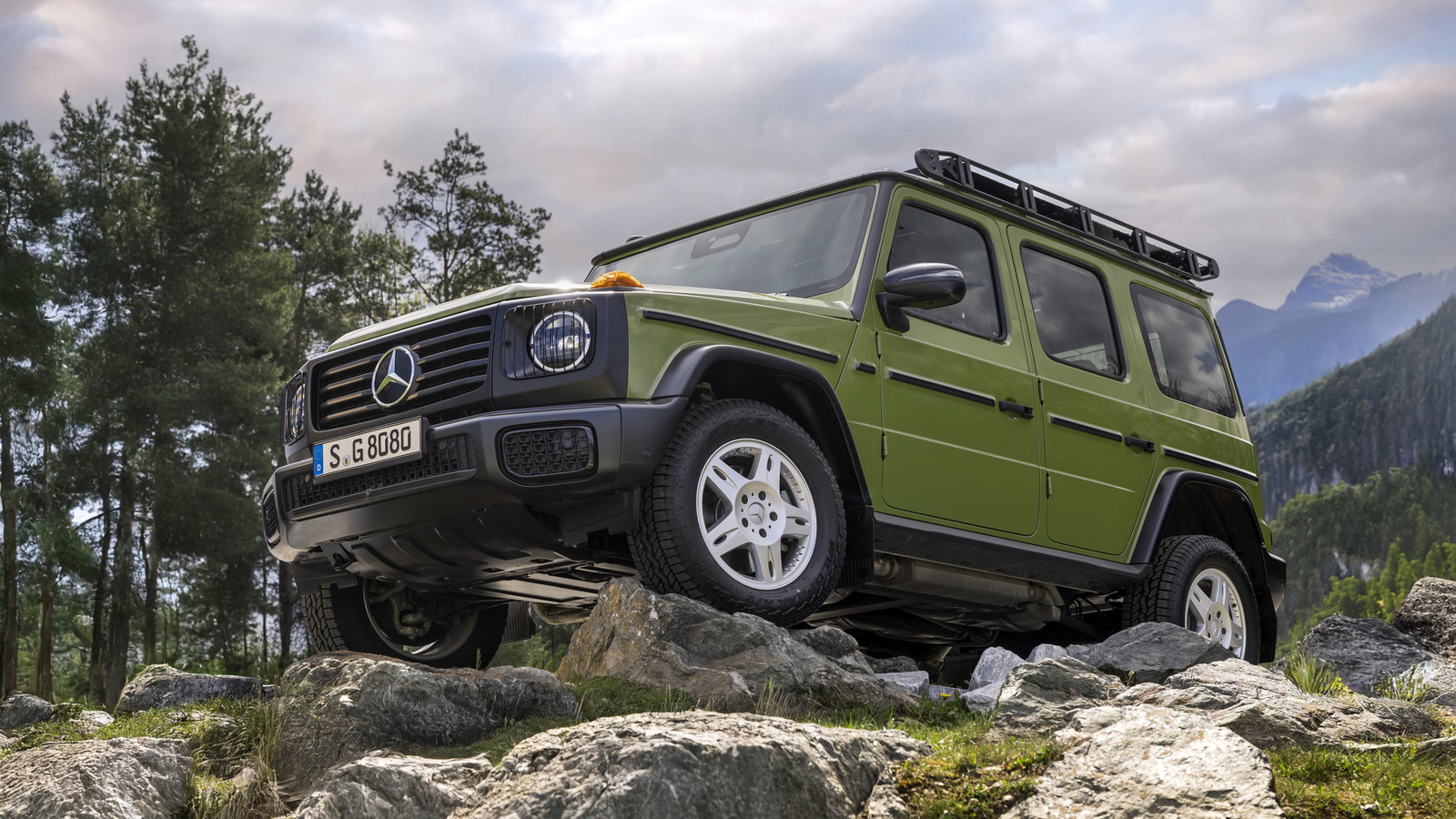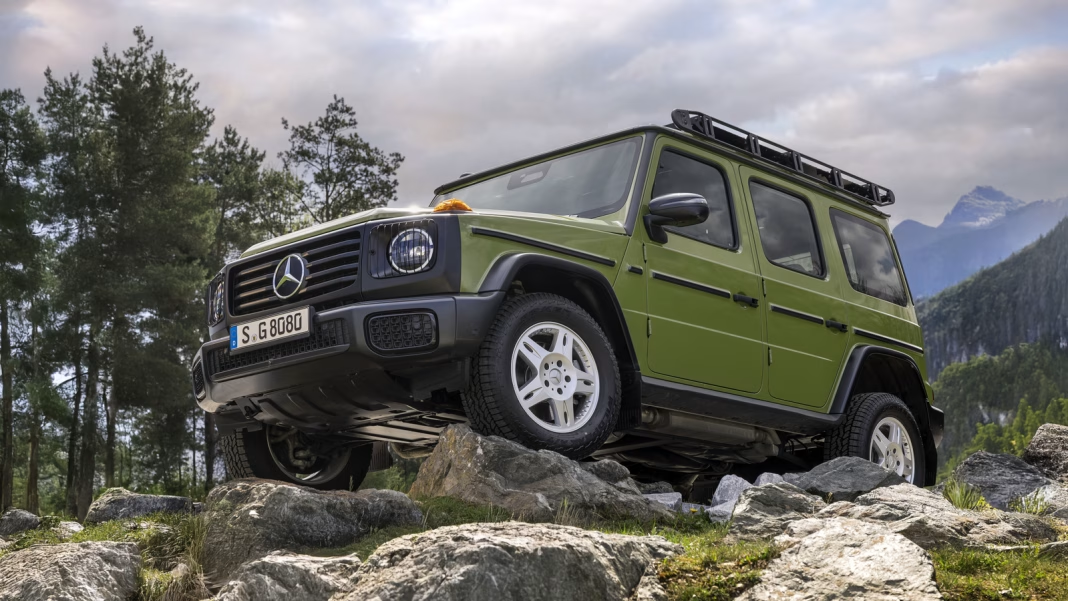Why Is the Mercedes-Benz G-Wagon Called That When There’s No G in the Brand Name?
If you’ve ever caught yourself wondering why Mercedes-Benz’s iconic SUV is called the G-Wagon, you’re not alone. The name seems a bit out of left field—after all, there’s no G in Mercedes-Benz. So what’s the story? The answer lies in its German roots, and the tale is more interesting than you might expect.
What Does the G Actually Stand For?
Let’s clear this up: the G in G-Wagon stands for Geländewagen, which is German for “cross-country vehicle” or “off-road vehicle.” When Mercedes-Benz first developed this beast in the late 1970s, it was designed for rugged terrain, military use, and serious adventure. The full name, Mercedes-Benz Geländewagen, was a mouthful for most non-German speakers. So, over time, it got shortened to G-Wagon—catchy, memorable, and a lot easier to say.
How Did the G-Wagon Become a Luxury Icon?
Originally, the G-Wagon was anything but glamorous. Early models were utilitarian, boxy, and built to withstand just about anything. Think military patrols, not red carpets. But as the years rolled on, Mercedes-Benz noticed a growing demand for high-end SUVs. By the 1990s, the G-Wagon started getting luxury upgrades—plush interiors, advanced tech, and that unmistakable Mercedes attention to detail.
Fast forward to today, and the G-Wagon is a status symbol. Celebrities, athletes, and business moguls love it for its blend of old-school toughness and modern luxury. According to a 2023 report from Statista, G-Class sales have steadily increased worldwide, with the US and Middle East leading the charge. It’s no longer just a tool for off-roaders; it’s a statement piece.
Is There More to the Name Than Just Marketing?
Absolutely. The G-Wagon’s name is a nod to its heritage and purpose. Geländewagen isn’t just a cool-sounding word—it’s a promise. It tells you this vehicle was born for adventure, not just city commutes. Even the latest models, packed with leather and tech, retain that legendary off-road DNA. Mercedes-Benz still tests every G-Wagon on the Schöckl mountain in Austria, a tradition that’s become part of the SUV’s lore.
Why Do People Love the G-Wagon So Much?
It’s not just about looks or luxury. The G-Wagon’s appeal is rooted in its authenticity. It’s one of the few vehicles that’s barely changed its silhouette in over 40 years. That boxy shape? It’s iconic for a reason. Owners rave about the commanding driving position, the sense of security, and the feeling that you could tackle just about anything—whether it’s a muddy trail or a snowy city street.
And let’s not forget the sound. The solid thunk of the doors closing is oddly satisfying. It’s a detail that’s become almost as legendary as the vehicle itself.
What Should You Know Before Buying a G-Wagon?
If you’re considering joining the G-Wagon club, there are a few things to keep in mind. First, it’s not exactly subtle. This SUV turns heads everywhere it goes. Second, it’s built for durability, but maintenance can be pricey—after all, it’s a Mercedes-Benz. And while the G-Wagon is incredibly capable off-road, most owners never take it far from pavement. That’s fine, but it’s worth knowing you’re driving a machine built for much more than just school runs and shopping trips.
The big takeaway? The G-Wagon isn’t about perfection—it’s about smarter adjustments. Start with one change this week, and you’ll likely spot the difference by month’s end.


